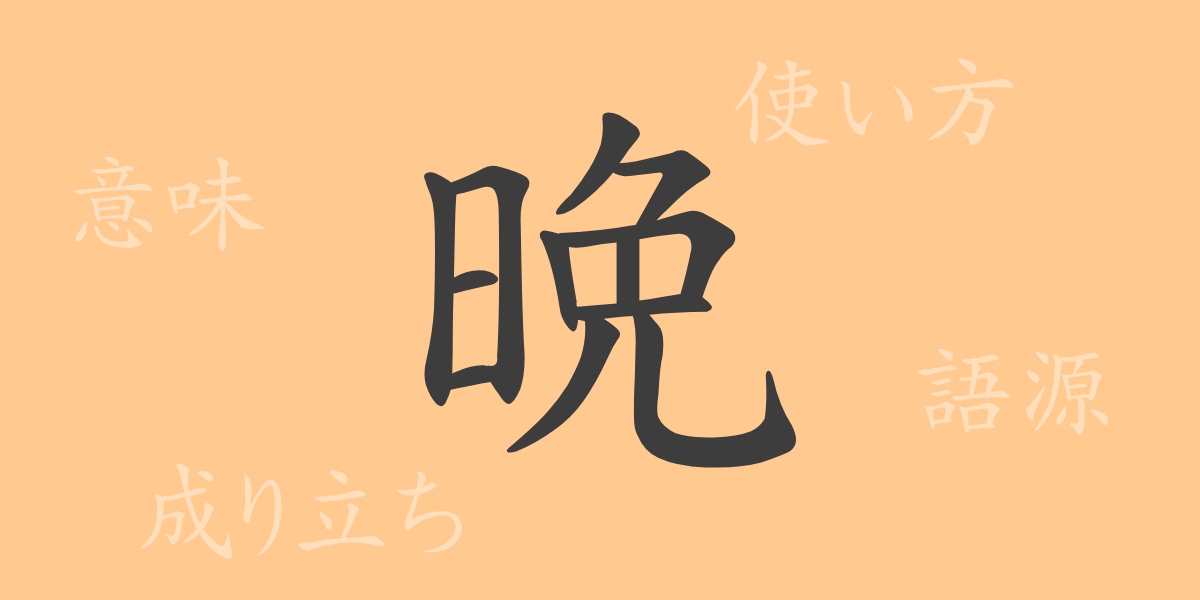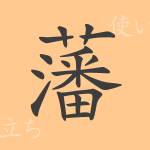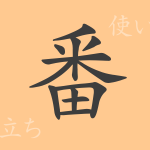The moment the sun sets signals the end of the day and the beginning of the night. The kanji “晩” (ban) not only represents this transition but also plays a significant role in Japanese culture and language. In this article, we will focus on the commonly used kanji “晩” (ban), exploring its origins, meanings, usage, and its role in our daily lives.
Origins of 晩 (ban)
The kanji “晩” (ban) developed from a pictographic character in ancient China that depicted the setting sun. It illustrates the sun approaching the horizon, indicating the passage of time. This kanji has been used since ancient times to refer to the flow of time and the end of the day.
Meanings and Usage of 晩 (ban)
The kanji “晩” (ban) primarily means “early evening” or “end of the day.” It is also used to describe the later stages of life, as in “晩年” (bannen), or the latter part of a season, as in “晩秋” (banshū). These usages typically denote the end or latter part of something.
Reading, Stroke Count, and Radical of 晩 (ban)
“晩” (ban) is one of the fundamental kanji in Japanese reading and writing.
- Reading: The on’yomi (音読み) is “バン” (ban); there is no kun’yomi (訓読み).
- Stroke Count: “晩” (ban) has 12 strokes.
- Radical: The radical is 日部 (nichihen).
Idioms, Expressions, and Proverbs Using 晩 (ban)
There are numerous idioms, expressions, and proverbs in Japanese that include “晩” (ban). For example, “晩酌” (banshaku) refers to enjoying a drink after dinner, and “晩婚” (bankon) means getting married later in life. Additionally, “晩学” (bangaku) signifies starting academic pursuits at an older age, and the proverb “朝令暮改” (chōreibokai) means changing decisions frequently, literally translating to “orders in the morning, changes by evening.”
Summary of 晩 (ban)
The kanji “晩” (ban) is a word frequently used in daily life. Symbolizing the end of the day, this kanji is deeply rooted in our life rhythms and culture. The frequent appearance of “晩” (ban) in idioms, expressions, and proverbs reflects Japanese values and worldviews. Through this exploration, we understand that even seemingly simple kanji have deep meanings and histories behind them.

























